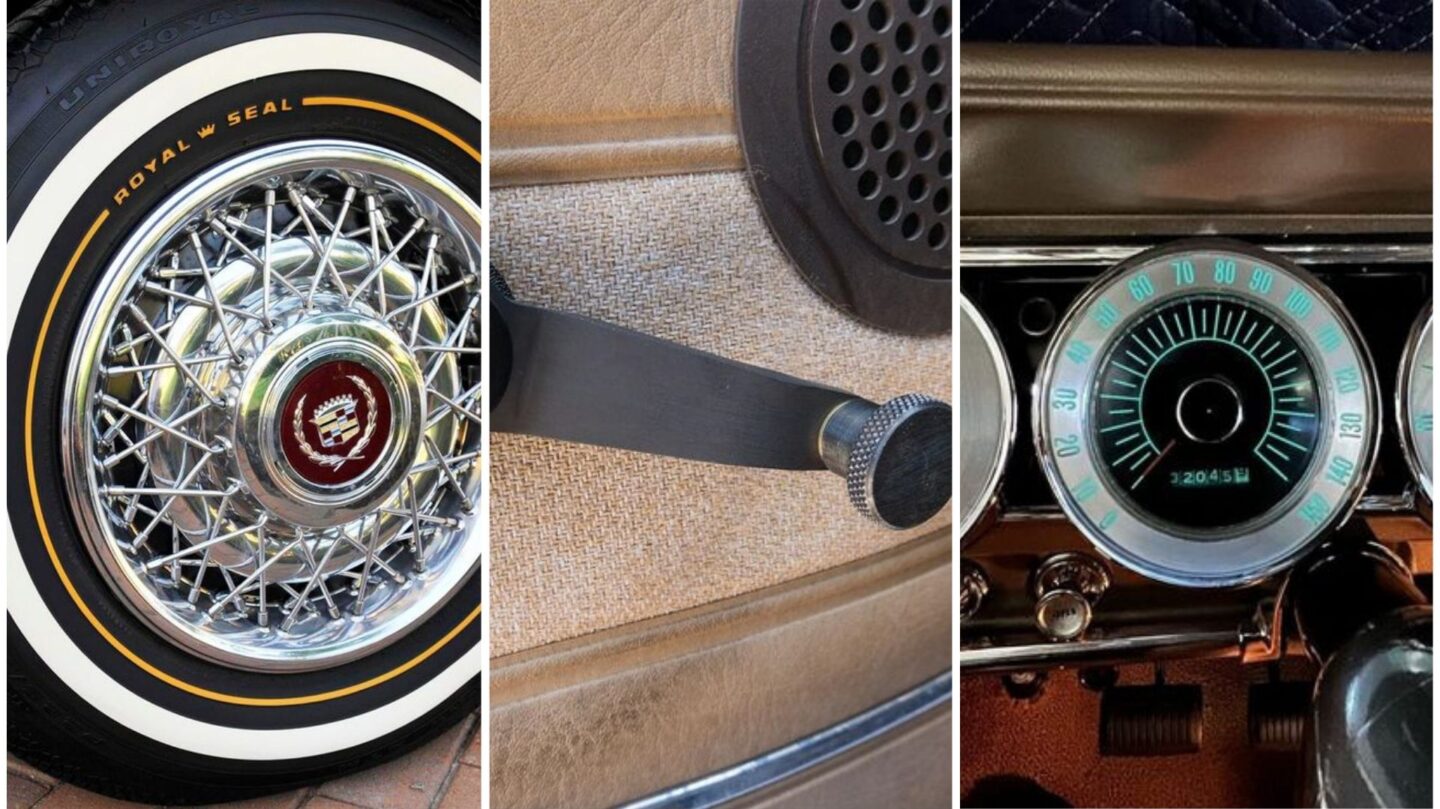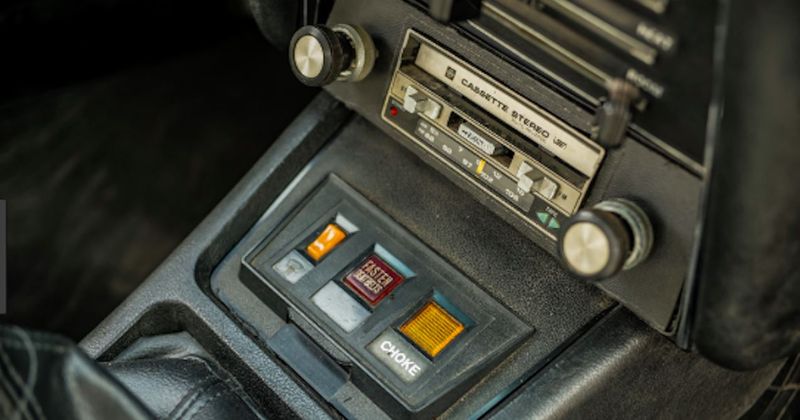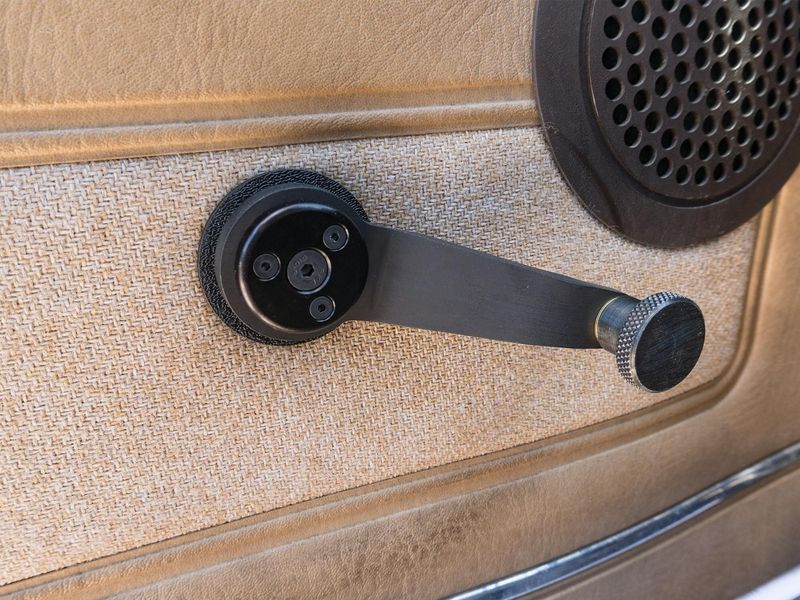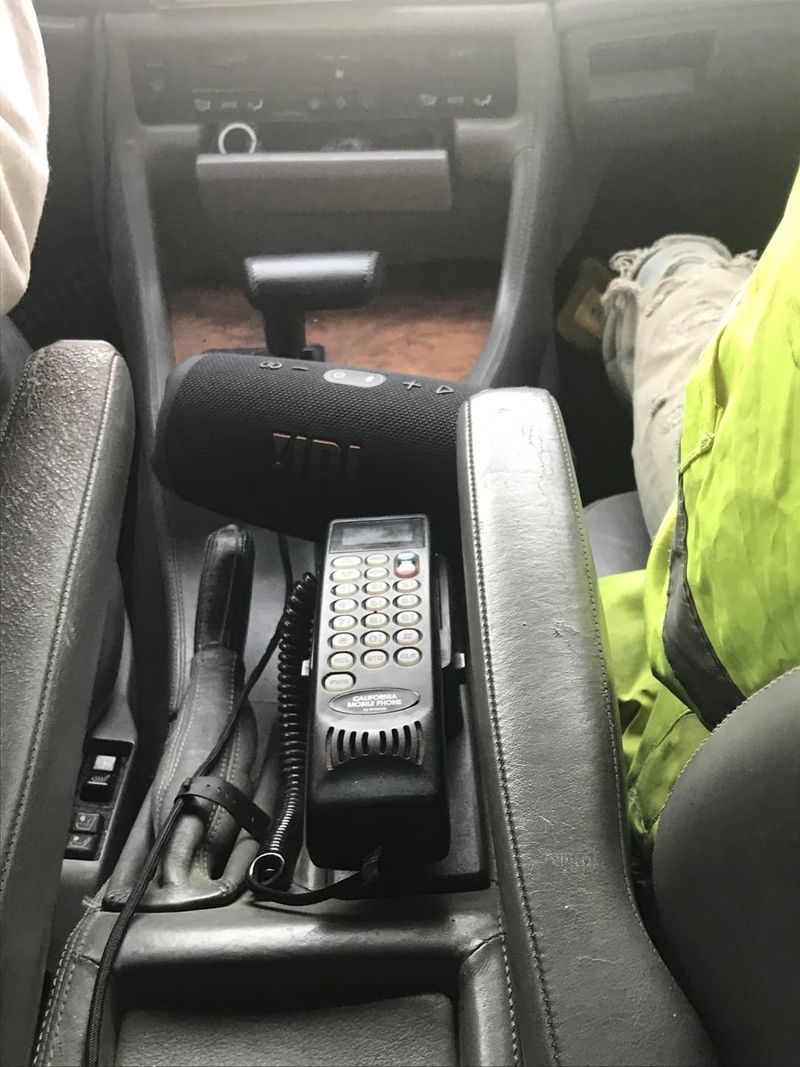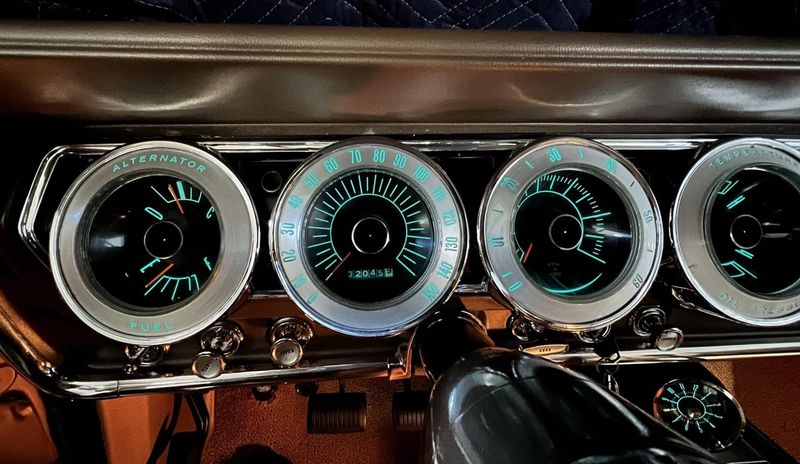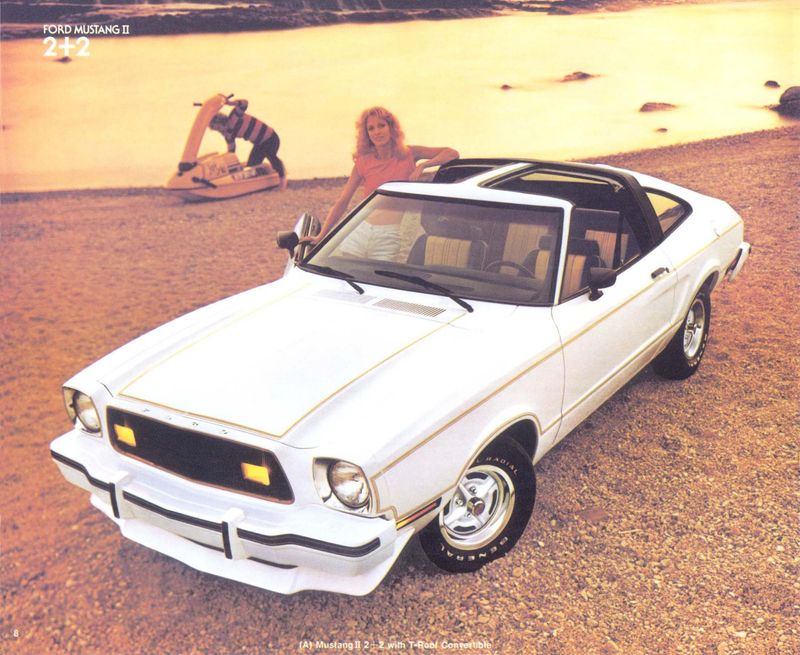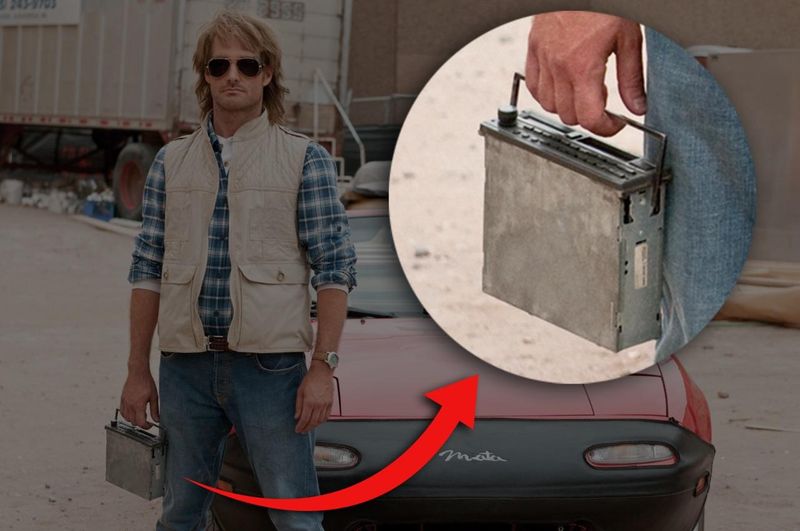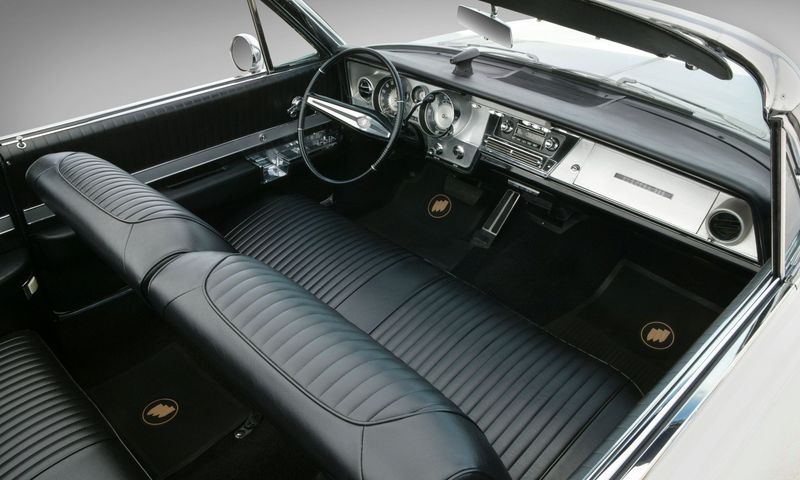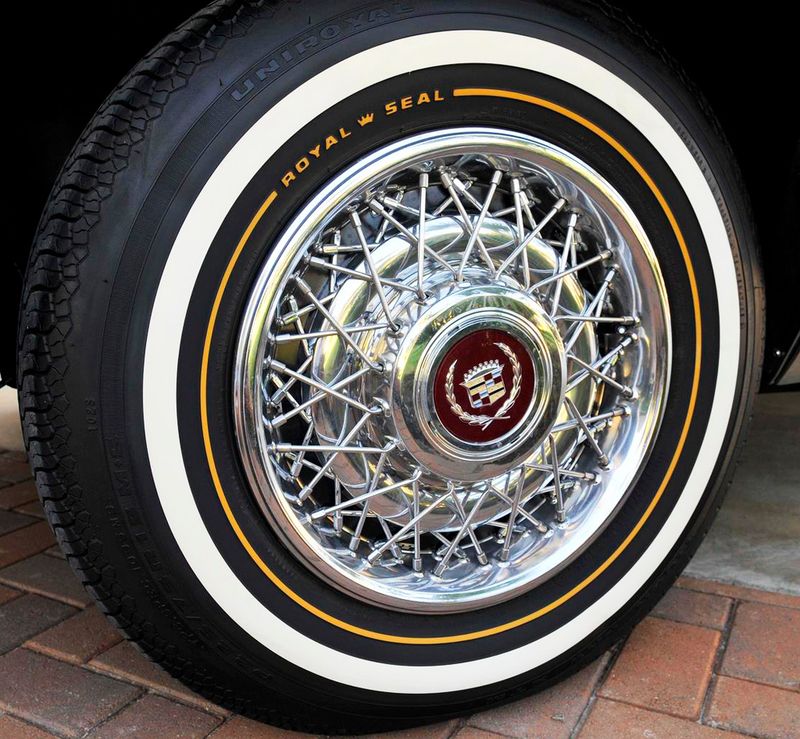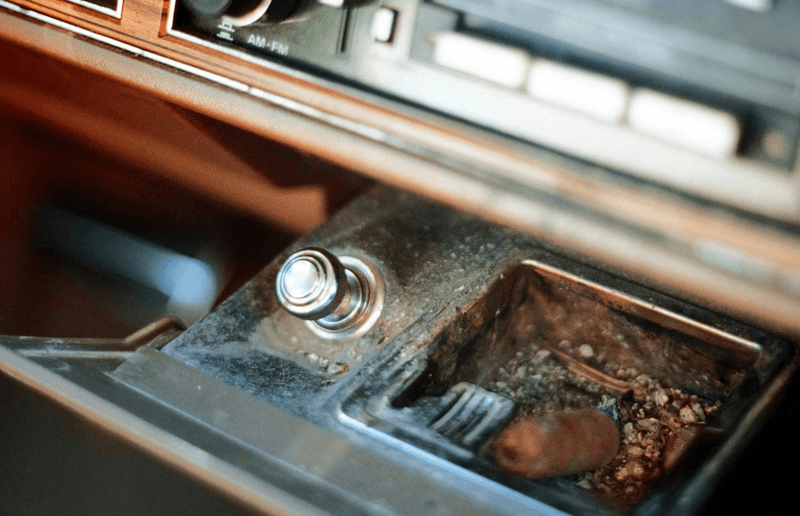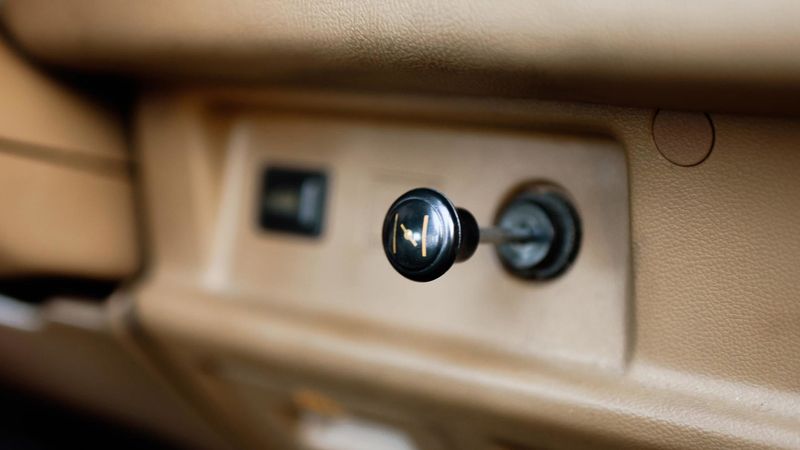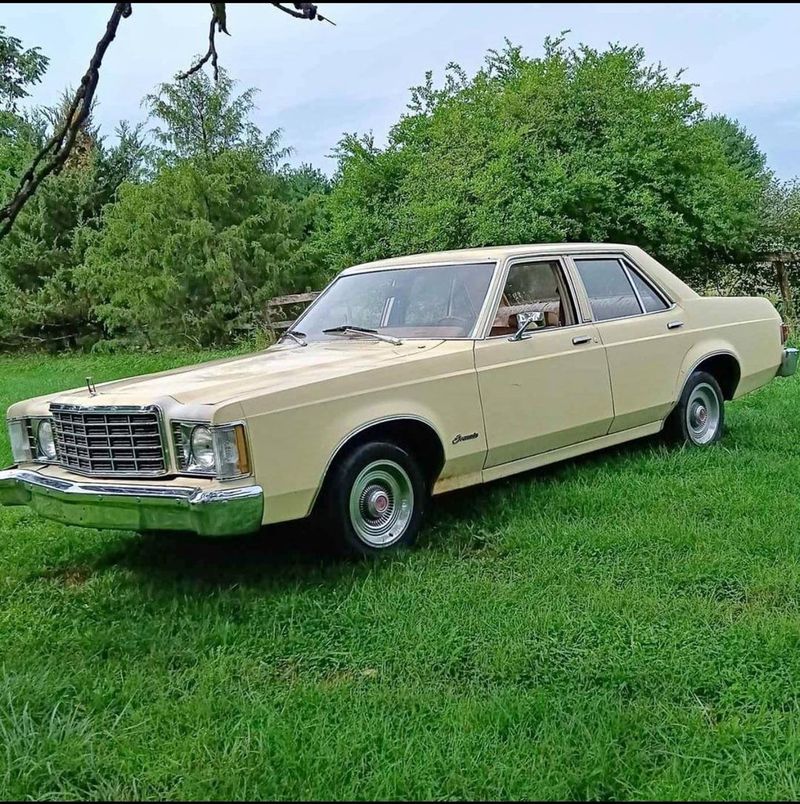The 1980s was a decade of innovation and experimentation in the automotive industry. However, many features that were once considered cutting-edge have now become obsolete. This blog post explores 13 such car features from the 80s that have been left behind by modern technology. Join us on a nostalgic journey through automotive history and see how far we’ve come!
Cassette Players
Cassette players were a staple in 1980s cars, providing endless hours of music enjoyment. These devices allowed drivers to bring their favorite albums on the road. However, as technology advanced, CDs and digital music players took over. Today, cassettes are cherished by collectors but largely forgotten in everyday life.
Modern cars now feature Bluetooth connectivity and streaming capabilities, making it easier to access vast music libraries. While some may miss the tactile experience of inserting a cassette, the convenience and quality of today’s technology are undeniable. The cassette era may be over, but its legacy endures in retro playlists.
Manual Window Cranks
Manual window cranks were once the norm, requiring a bit of elbow grease to operate. These mechanical handles were common across many cars, offering simplicity and reliability. However, the advent of power windows made manual cranks obsolete.
Power windows offer convenience at the touch of a button, a feature now standard in almost every vehicle. Though manual cranks can still be found in some older models, they are mostly a relic of the past. The shift to power windows reflects the automotive industry’s move towards comfort and ease, driven by consumer demand for modern amenities.
Pop-up Headlights
Pop-up headlights were a distinctive feature of 80s sports cars, giving them a sleek and aerodynamic look. These lights added a futuristic touch, capturing the spirit of the decade. Unfortunately, they became less popular due to design and safety regulations.
Modern cars have shifted towards fixed headlights with advanced LED technology, offering better illumination and energy efficiency. While pop-up headlights remain iconic, they have largely disappeared from the roads. Their quirky charm is remembered fondly by car enthusiasts who celebrate the unique design choices of the 80s. Today, they symbolize a bygone era of automotive creativity.
Car Phones
Car phones were the height of luxury in the 1980s, allowing business professionals to stay connected on the go. These bulky devices were expensive and rare, often seen as a status symbol. As mobile technology evolved, car phones were replaced by more compact mobile phones.
Today’s vehicles integrate smartphone connectivity, offering hands-free options through Bluetooth and voice control. The convenience and versatility of modern smartphones have made car phones obsolete. Though they once represented cutting-edge technology, car phones have become a nostalgic reminder of a time when being reachable on the road was a novelty.
Analog Instrument Clusters
Analog instrument clusters were the standard dashboard feature, displaying speed, fuel level, and engine status through dials and needles. Drivers appreciated the straightforward design, but digital displays quickly took over.
Modern cars now feature digital instrument clusters that offer customizable displays and enhanced functionality. While analog clusters hold a vintage appeal, digital technology provides greater precision and ease of use. This shift reflects the broader trend towards digital interfaces in our daily lives. Analog clusters are now mostly found in classic vehicles, cherished by collectors who appreciate the nostalgic look and feel.
T-Top Roofs
T-top roofs were a popular design choice, offering a blend of convertible freedom and coupe structure. These removable panels allowed drivers to enjoy open-air driving without fully committing to a convertible. However, they often leaked and were cumbersome to store.
Modern sunroofs and panoramic glass roofs provide a more practical solution, offering similar experiences with less hassle. The decline of T-top roofs highlights the continuous pursuit of innovation and improvement in automotive design. Though no longer a common sight, T-tops are fondly remembered for their unique style and the sense of adventure they brought to driving.
Pull-Out Car Radios
Pull-out car radios were designed to deter theft, allowing drivers to remove the unit when leaving the vehicle. This ingenious solution was popular in the 80s, but it was far from perfect.
As anti-theft technology advanced, pull-out radios became unnecessary. Modern vehicles now incorporate sophisticated security systems to protect in-dash entertainment. The convenience of integrated technology has made pull-out radios a thing of the past. They serve as a quirky reminder of a time when car owners had to be more hands-on to protect their investments. Today’s technology offers greater security with minimal effort.
Bench Seats
Bench seats in cars allowed for more passengers, accommodating three people in the front. This design was common in family cars and sedans. However, the introduction of bucket seats and center consoles led to the decline of bench seats.
Modern cars now prioritize individual comfort and safety features, such as airbags and seatbelts, which are better integrated with bucket seats. While bench seats offered a sense of spaciousness, they lacked the support and safety of modern seating. The transition reflects a growing emphasis on personal space and protection, aligning with evolving automotive safety standards.
Vinyl Roofs
Vinyl roofs were a style statement, giving cars a luxurious look. This feature was often seen in sedans and coupes, adding a touch of elegance. However, vinyl was prone to cracking and fading over time, leading to maintenance challenges.
Today, sleek metal and painted finishes have replaced vinyl roofs, offering durability and a modern aesthetic. While some collectors still appreciate vinyl for its vintage charm, it has largely disappeared from new car designs. The shift away from vinyl roofs highlights the industry’s focus on longevity and minimal upkeep. Vinyl remains a nostalgic nod to a distinctive car fashion.
Wire-Spoke Hubcaps
Wire-spoke hubcaps adorned many cars, adding an elegant touch to the overall design. These intricate designs were admired for their craftsmanship, yet they required regular cleaning and maintenance.
Modern hubcaps and wheel designs prioritize ease of care and aerodynamic efficiency. Alloy wheels have largely replaced wire-spokes, offering better performance and style. The decline of wire-spoke hubcaps signifies a shift towards practical and efficient automotive design. Collectors may still seek them out for a classic look, but their presence in the everyday market has waned. The evolution reflects changing tastes and technological advancements.
Ashtrays and Cigarette Lighters
Ashtrays and cigarette lighters were standard features in 1980s cars, reflecting a time when smoking while driving was common. These features were often integrated into dashboards and armrests.
With increasing awareness of health risks and societal shifts away from smoking, ashtrays and lighters have disappeared from most modern vehicles. Today, USB ports and power outlets take their place, catering to a tech-savvy generation. The transition marks a broader cultural change, emphasizing healthier lifestyles and connectivity. While ashtrays evoke a bygone era, their absence in new cars highlights the industry’s adaptability to societal trends.
Choke Controls
Choke controls were essential for starting older cars, helping regulate the air-fuel mixture in carburetors. Drivers had to manually adjust the choke, especially in cold weather. This process could be cumbersome and tricky for the inexperienced.
Modern fuel-injection systems have eliminated the need for choke controls, offering automatic adjustments. This innovation simplifies the driving experience and improves engine efficiency. The disappearance of choke controls underscores the technological progress in automotive engineering. While they once played a crucial role, their obsolescence is a testament to the ongoing quest for user-friendly and reliable vehicle systems.
Carburetors
Carburetors were the heart of engine fuel systems, mixing air and fuel for combustion. They were standard in most 80s vehicles but required regular tuning and adjustments. As emission standards tightened, carburetors were replaced by electronic fuel injection systems.
Today’s engines benefit from more precise fuel delivery, boosting performance and reducing emissions. The shift away from carburetors reflects the broader push for cleaner and more efficient technologies. While they are still appreciated in classic cars, carburetors are no longer found in new models. This evolution highlights the dynamic nature of automotive innovation.
